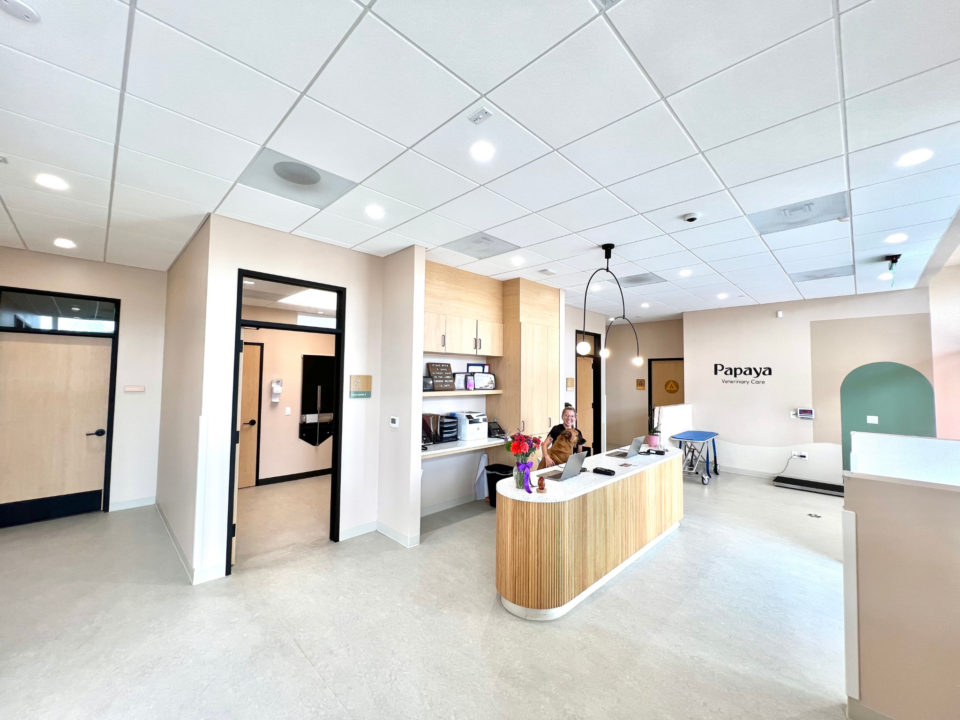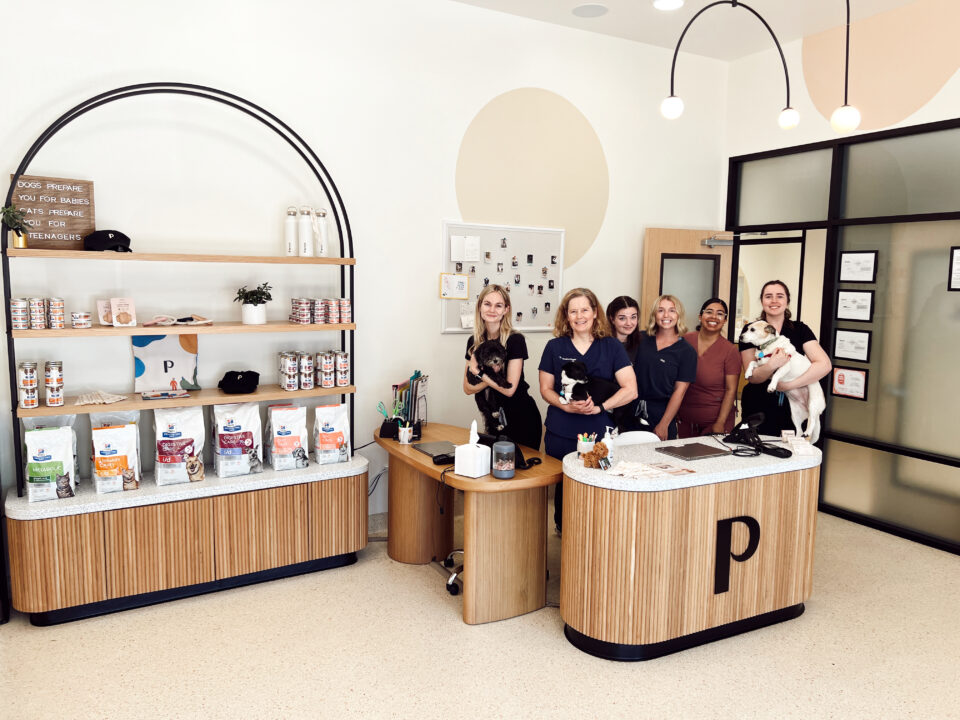Pet Care
4 min read
Annual Pet Exams: Why Young and Adult Pets Need to See the Vet Annually
Published on Nov 5, 2023

Updated November 5, 2023
As pet owners, we want our pet’s health to be for our furry companions to live long, happy, and healthy lives. Regular check-ups with a veterinarian are crucial in ensuring that our pets stay healthy. Many pet owners underestimate the importance of annual pet exams, but they are essential for maintaining your pet’s overall well-being. In this article, we will explore the reasons why pets need to see the vet annually and how it can benefit your pet’s health.
Why Are Annual Pet Exams Important?
Annual pet exams are essential for preventive care and early detection of health complications. These exams are designed to identify any potential health issues before a health problem becomes severe and requires emergency care or extensive treatment. They also provide an opportunity for your veterinarian to monitor your pet’s overall health and provide wellness recommendations for diet, exercise, and other factors of your pet’s lifestyle.
Reasons to Have Annual Pet Exams
Early Detection of Health Issues
During a pet wellness exam, your veterinarian will perform a thorough physical examination of your pet. They will give your pet an eye, nose, mouth, skin, coat, and ear exam for any signs of abnormalities or health issues that can arise as pets age. They will also listen to your pet’s heart and lungs to detect any potential issues. Early detection of health issues can help prevent more severe problems from developing and improve the chances of successful treatment.
Preventative Care
Preventative care is an essential aspect of annual pet exams. Your veterinarian will perform tests and administer the pet vaccine needed to help protect your pet from common illnesses and diseases. They will also recommend preventative measures such as flea and tick prevention and heartworm medication to help keep your pet healthy. During an annual pet exam, your local vet will perform a nose-to-tail examination of your pet. This means that they will check your pet’s entire body, including their eyes, ears, nose, mouth, skin, coat, and all of their internal organs. A nose-to-tail exam is crucial for identifying any potential health issues and ensuring that your pet is in good health.
Monitoring Overall Health
Annual pet exams provide an opportunity for your veterinarian to monitor your pet’s overall health. They will track your pet’s weight and other vital signs to ensure that they are in good health. They may also recommend changes to your pet’s diet or exercise routine to help improve their overall well-being. Blood pressure checks may become more routine as your pet ages as well.
Building a Relationship with Your Veterinarian
Regular visits to the vet can help you build a relationship with your veterinarian. This can be especially important if your pet requires medical attention in the future or if you are considering pet insurance. By developing a relationship with your veterinarian, you can trust that they have your pet’s best interests in mind and feel more comfortable seeking their advice and treatment.
What Happens During an Annual Pet Exam?
During an annual pet exam, your veterinarian will perform a comprehensive physical examination of your pet. They will also ask you questions about your pet’s diet, exercise routine, and behavior. Depending on your pet’s age and overall health, your veterinarian may recommend additional tests, such as blood work or urine analysis.
Some of the things your veterinarian may check during an annual pet exam include:
- Eyes: Your veterinarian will check your pet’s eyes for any signs of irritation, infection, or disease.
- Ears: They will examine your pet’s ears for signs of infection, inflammation, or other issues.
- Mouth: Your veterinarian will check your pet’s teeth and gums for any signs of decay, gingivitis, or other oral health issues.
- Skin and Coat: They will examine your pet’s skin and coat for any signs of lumps, bumps, rashes, or other abnormalities.
- Heart and Lungs: Your veterinarian will listen to your pet’s heart and lungs for any abnormalities or signs of heart disease.
- Abdomen: They will palpate your pet’s abdomen to check for any lumps, masses, or other abnormalities.
After the physical examination, your veterinarian will discuss their findings with you and make recommendations for treatment or preventive care. They may also recommend additional tests or procedures if they detect any health issues.
FAQs
Q. Do indoor pets need to see the vet annually?
A. Yes, even indoor pets should see the vet annually. Indoor pets are still susceptible to health issues and may require preventative care or treatment for certain illnesses.
Q. What if my pet seems healthy? Do I still need to schedule an annual exam?
A. Yes, even if your pet appears to be healthy, an annual exam is still recommended. Many health issues are not immediately visible, and preventative care is essential for maintaining your pet’s overall health. Pets, especially cats, are good at hiding pain and discomfort.
Q. How can I prepare my pet for an annual exam?
A. To prepare your pet for an annual exam, make sure they are up-to-date on their core vaccines and preventative care. Also, bring any pet health record you may have or information about your pet’s health history to the appointment.
Annual pet exams are essential for maintaining your pet’s overall health and well-being. By scheduling regular visits with your veterinarian, you can identify potential health issues early and prevent more severe problems from developing. A nose-to-tail examination is an important aspect of an annual pet exam, as it allows your veterinarian to check your pet’s entire body for any abnormalities. Remember, preventative care is crucial for keeping your pet healthy and happy, so be sure to schedule annual exams with your veterinarian.














